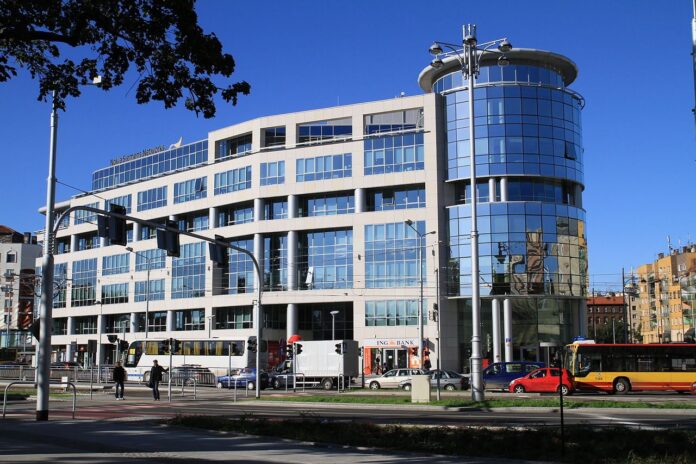As the battle rages between proponents of LTE in unlicensed spectrum and Wi-Fi-first advocates, equipment makers need to design for a number of possible scenarios. Nokia Networks has included three RF module slots on its newest small cell, meaning that operators can use it to support LTE, LTE-U and Wi-Fi.
Of course an operator could also use Nokia’s new outdoor base station to support three LTE bands, a choice that is likely to become more common as operators move toward carrier aggregation.
Nokia said its new Flexi Zone G2 outdoor base station is the first small cell to achieve peak data rates of more than a gigabit per second. The solution targets busy urban areas that are underserved by operators’ macro networks.
Nokia announced the new small cell in tandem with its launch of HetNet Engine Room, a database that can help operators identify the potential small cell sites that are likely to yield the greatest return on investment. The database rates sites based on RF specs as well as access to power and backhaul, leasing costs and regulatory environment.
Ericsson and Huawei are Nokia’s primary competitors in the outdoor small cell space. Alcatel-Lucent is a major player here as well, but it is set to merge with Nokia within the next several months.
Equipment vendors have been hoping to see the small cell market take off for several years now, but carriers have moved cautiously as they have learned that the costs can be greater than expected. In recent months, however, several developments have started to change the equation for carriers. First, equipment makers are creating tools like Nokia’s HetNet Engine Room that help operators choose the most cost-effective sites. Second, the cost of spectrum is skyrocketing, meaning that while small cells may cost more than expected, their cost relative to alternatives is falling. Finally, operators are researching ways to use higher frequencies to deliver wireless service. Higher frequencies have shorter wavelengths and therefore require cells that are closer together.

